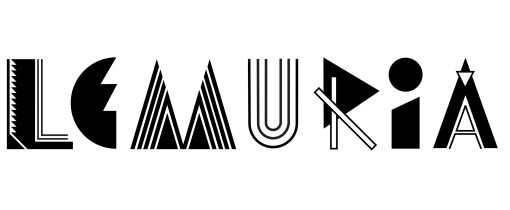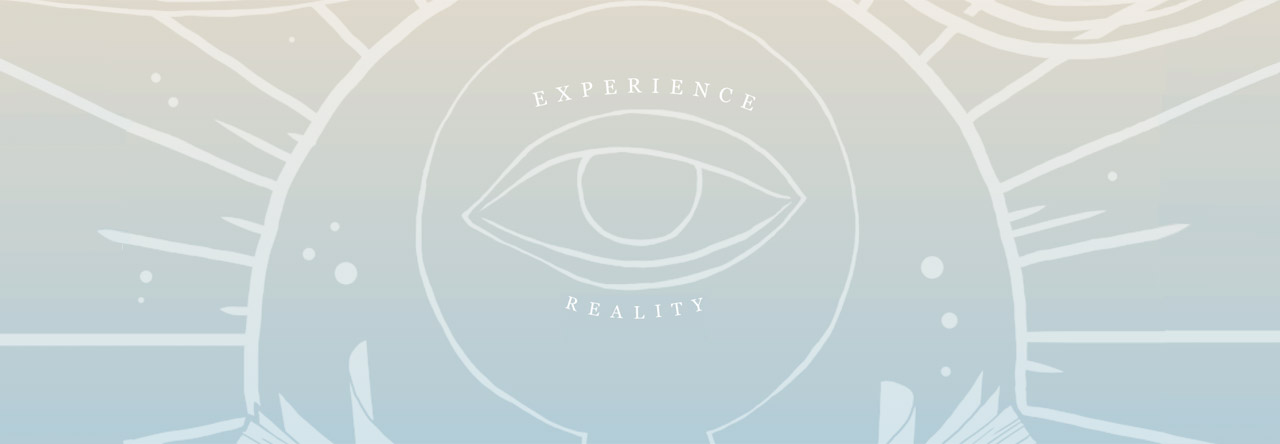Hey Guys–
Since girls and girl reading selections now dominate the fiction room, we guy Lemurians have to decided to launch our certified guy reading club monthly selection. Suggestions will be picked only by the male Lemurians (now Mark, Joe and John). Each month one of us will pick a favorite to feature, with the hope of providing a good fun reading experience.
Our monthly guy book fix will be called Martini Soup. We hope as you read our list, your stew pot will be full of some good meaty reading. Also, we suggest these fine books to be read with a stiff martini (straight up or on the rocks) by your side, and of course, Cathead vodka to be the beverage of choice.

 Without question, Jim Harrison is our first author of choice. Our baptism fiction is his 1978 novella Revenge included in his immortal Legends of the Fall. What more can I say to kick this club off, but–
Without question, Jim Harrison is our first author of choice. Our baptism fiction is his 1978 novella Revenge included in his immortal Legends of the Fall. What more can I say to kick this club off, but–
“Revenge is a dish better served cold.”
-Old Sicilian adage
To read or reread is our proposition. While following our club, find new jewels or revisit old favorites. John picked first, Joe and Mark will follow and then the list will grow as it will. We welcome your suggestions and comments. Let’s have some fun.
P.S. We welcome you gals to read along if you like stiff drinks while you read.
-John
This link will lead you to all of our editions of Legends at Lemuria. The one pictured above is a first edition signed (1979). To get his memorable voice in mind, enjoy the audio file of Jim Harrison reading from The Beast God Forgot to Invent and a poem, “In the Old Days,” at Lemuria in 2000.


 When entering Borders, I was immediately greeted by a vanity author welcoming me to the store. She seemed determined to intercept all visitors. I’m not faulting the author but the store management. At times, I feel I’ve let Lemuria be taken advantage of by dominating-self-centered authors “hawking their books.” I’ve always considered this rude to my regular reader customers. So now, I promise we will do a better job of keeping this sales tactic under control within Lemuria.
When entering Borders, I was immediately greeted by a vanity author welcoming me to the store. She seemed determined to intercept all visitors. I’m not faulting the author but the store management. At times, I feel I’ve let Lemuria be taken advantage of by dominating-self-centered authors “hawking their books.” I’ve always considered this rude to my regular reader customers. So now, I promise we will do a better job of keeping this sales tactic under control within Lemuria. Saturday at 6:30 on my way home from work, I browsed Barnes & Noble. It seems down scaling of the physical book inventory is well underway. Already, I see expanded children’s activity sections, larger product displays, puzzles and multiple sideline gimmicks. I don’t think I’m deceiving myself but it seems in a short month’s time since Christmas, the B & N transition to less real book inventory is well underway.
Saturday at 6:30 on my way home from work, I browsed Barnes & Noble. It seems down scaling of the physical book inventory is well underway. Already, I see expanded children’s activity sections, larger product displays, puzzles and multiple sideline gimmicks. I don’t think I’m deceiving myself but it seems in a short month’s time since Christmas, the B & N transition to less real book inventory is well underway.
 Nell and Kaycie love the bright and young
Nell and Kaycie love the bright and young  Norma, on a deeper note, could not stop talking about
Norma, on a deeper note, could not stop talking about 



 For years I have been a knitter of just straight scarves, but upon seeing this book I knew I was ready to up the ante and teach myself how to knit on three needles. So one night I sat down on my couch surrounded by my dogs, who were very eager to take off with my ball of yarn, and taught myself how to knit in the round. It took about two hours to get it right, but watching how-to videos on
For years I have been a knitter of just straight scarves, but upon seeing this book I knew I was ready to up the ante and teach myself how to knit on three needles. So one night I sat down on my couch surrounded by my dogs, who were very eager to take off with my ball of yarn, and taught myself how to knit in the round. It took about two hours to get it right, but watching how-to videos on 






 So how does a young boy or anyone for that matter digest the ambivalence emanating from his German/Danish culture and come to terms with something that steals his early hope for stability and security to prosper and flourish, that steals hope itself? This is a “psychological fable (see blurb on back of paperback) of enormous proportions showing how the mind can’t see beyond it own limitations, its own experience but at a much deeper, non-thinking level feel the agonizing, irreconcilable horror of something so evil as unknown or unknowable, admired by despised.
So how does a young boy or anyone for that matter digest the ambivalence emanating from his German/Danish culture and come to terms with something that steals his early hope for stability and security to prosper and flourish, that steals hope itself? This is a “psychological fable (see blurb on back of paperback) of enormous proportions showing how the mind can’t see beyond it own limitations, its own experience but at a much deeper, non-thinking level feel the agonizing, irreconcilable horror of something so evil as unknown or unknowable, admired by despised.
